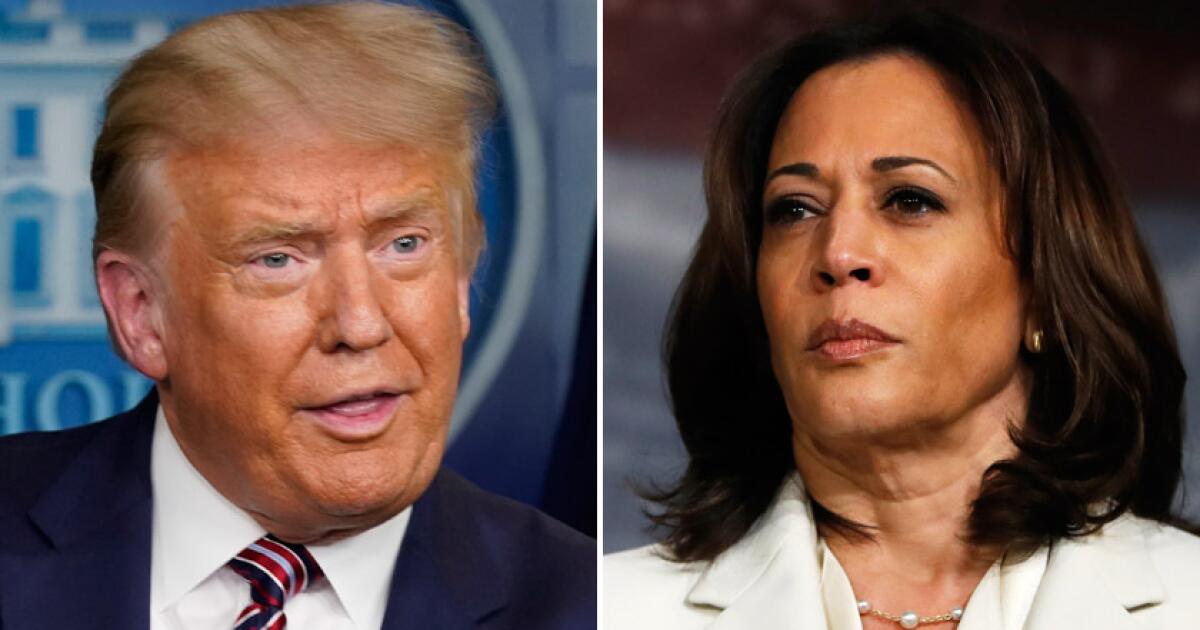Article
Democrats’ Anxiety Runs Amok
I watch polls for a living. I have one piece of advice for the next few weeks: Stop.
It’s not that polls are broken. Contrary to much criticism, surveys continue to provide remarkably accurate results and important insights into what different groups of voters think.
But most people relentlessly clicking on the latest, freshest surveys aren’t looking for that. They want to know — if you’re reading this, you probably want to know — the one answer that polls in a close race can’t provide: Who’s going to win.
What Polls Can Tell Us — Less Racial Polarization
For the last several years, Democrats have gained ground among white, college-educated voters, and Republicans have picked up Black and Latino voters, especially those without a college degree and those who are religiously conservative.
That means U.S. politics has grown somewhat less polarized by race and ethnicity — a good thing. But that’s a tough pill for many people on the left, challenging their belief that voters of color naturally lean their way.
And a Huge Gender Gap
Gender, rather than ethnicity, appeared to be driving much of Harris’ support in that AAPI survey — she gained significant ground compared with Biden among Asian American women.
That’s consistent with other surveys that have found a very large gender gap this year. The gap rivals, maybe surpasses, the gulf in 2016, when Hillary Clinton’s campaign emphasized her status as the first woman to win a major party’s presidential nomination.
Underestimating Trump
‘Round about now, someone reading this will say to themselves, "But don’t the polls always underestimate Republican votes?"
No. In both 2000 and 2012, polls underestimated Democrats.
Polls did underestimate Trump’s vote in 2016. Afterward, pollsters examined what went wrong and set out to fix it.
They didn’t succeed: Surveys missed a lot of his supporters again in 2020.
Sorry, Internal Polls Won’t Tell You Either
Don’t think you can hack your way to a better result by clicking on headlines about leaked internal surveys.
Yes, campaigns have more data than public pollsters.
But that’s no guarantee that they know better who will win. In 2012, for example, Mitt Romney’s campaign surveys told him he was ahead; he wasn’t prepared when President Obama beat him. Romney is hardly alone in that — campaign surveys are subject to all the same limitations that public polls confront.
Who’s Going to Show Up?
One big source of error for campaign polls — and a key reason that surveys differ from one another — is that pollsters are trying to measure a population that doesn’t yet exist, people who will vote in an election that hasn’t happened yet.
Conclusion
In the final stretch, Democrats seem to be wired for anxiety, while Republicans lean toward overconfidence. Polls are not going to tell us who will win, and internal polls are not a reliable substitute. We can expect there will be error; we don’t know which way it will fall.
So, anxious about the election? Go for a long walk. Watch the baseball playoffs. Or, if you feel committed, volunteer for your favored candidate. Knock on doors, make phone calls. But if you want to stay sane, stop doom-scrolling through polls. They’re not going to tell you what you want to know.
Frequently Asked Questions
Q: Are polls always accurate?
A: No, they’re not always accurate. But they do provide important insights into what different groups of voters think.
Q: Why do polls sometimes underestimate one party’s support?
A: Pollsters make assumptions about turnout, which can lead to errors. They also have different methods and sample sizes.
Q: What can I do to reduce anxiety about the election?
A: Take a break from polls, watch the baseball playoffs, or volunteer for your favored candidate.
Q: Are internal polls more accurate than public polls?
A: No, internal polls are not necessarily more accurate. They’re subject to the same limitations as public polls, and they’re often leaked selectively to support a particular narrative.


